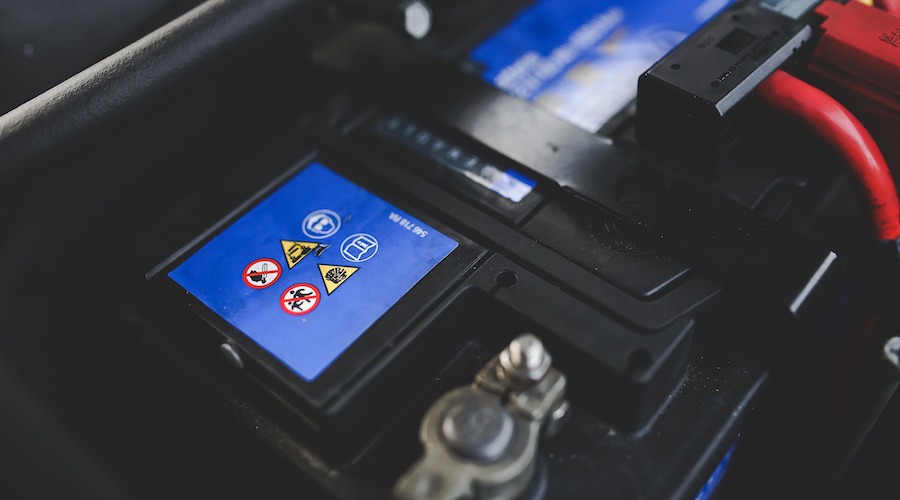Mercedes-Benz’ Piston Cars Are Losing Sales, But EV Sales Almost Doubled

In a recent press release, Mercedes-Benz had bad news: overall sales are down. Fortunately for the company, it was able to give investors and the press some good news: its sales of EVs are almost double what they were this time last year. While it’s early in the EV transition game, this could be a sign of how the transition will go.
On the downside, the company sold about 490,000 units in the second quarter of 2022, which isn’t a small number by any standards. What made it bad is that it represented a 16% drop from last year’s second quarter. The company did make it clear to investors that this wasn’t a demand issue. The orders for MB vehicles are still rolling in, but getting them out to customers has been a challenge due to supply chain issues, which are roiling the whole industry.
“Customer demand remains high. This is an honour and obligation for us. We are making every effort to fulfill customer expectations, despite the current supply restrictions,” said Britta Seeger, Member of the Board of Management of Mercedes-Benz Group AG responsible for Mercedes-Benz Cars Marketing and Sales.
But, they were quick to point out the upside: booming EV sales.
“Sales of our fully electric vehicles increased by more than 90% in Q2 and even 134% in the first half of 2022. It shows that we offer compelling electric vehicles that our customers desire.” Seeger said.
How did they achieve almost double the sales? It’s all part of MB’s increase in both number of factories and EV models for customers to choose from. We’ve covered this before, but in short, they’re starting to see some real results from ambitious plans they announced previously. Mercedes tells us that they have even better numbers for their “xEV” models, or in other words PHEV and BEV models with a plug, which are increasingly becoming part of the company’s regular sales.
All of this fits in well with the company’s transition strategy, which is to produce vehicles that can be built as hybrids, PHEVs, or BEVs and transition the lines toward BEVs as customer demand shifts. We’re seeing that already begin to happen, with the electric end seeing the biggest percentage rises and the PHEV options seeing the biggest raw numbers.
The question remains now whether this is going to become a common experience for all automakers during the transition to EVs. In some ways, the answer is a definite yes, because the overall sales will probably drop while EVs rise, because customers will initially need to pay a little more (and thus wait a little longer between car purchases).
But, there are some unique things about MB’s current situation. For one, the company has a different transitional plan than many other automakers, with lines not needing retooled for an entirely new electric model, instead building models that can be transitioned as sales shift. The other thing is today’s unique financial and supply chain environment that (hopefully) is just a temporary set of bad circumstances for overall sales.
So, this may be a preview of things to come, but we’d better hope supply chain issues and awful energy prices aren’t going to accompany the whole transition.
Featured image by Mercedes-Benz.
Appreciate CleanTechnica’s originality and cleantech news coverage? Consider becoming a CleanTechnica Member, Supporter, Technician, or Ambassador — or a patron on Patreon.
[embedded content]
Advertisement
 This post has been syndicated from a third-party source. View the original article here.
This post has been syndicated from a third-party source. View the original article here.




